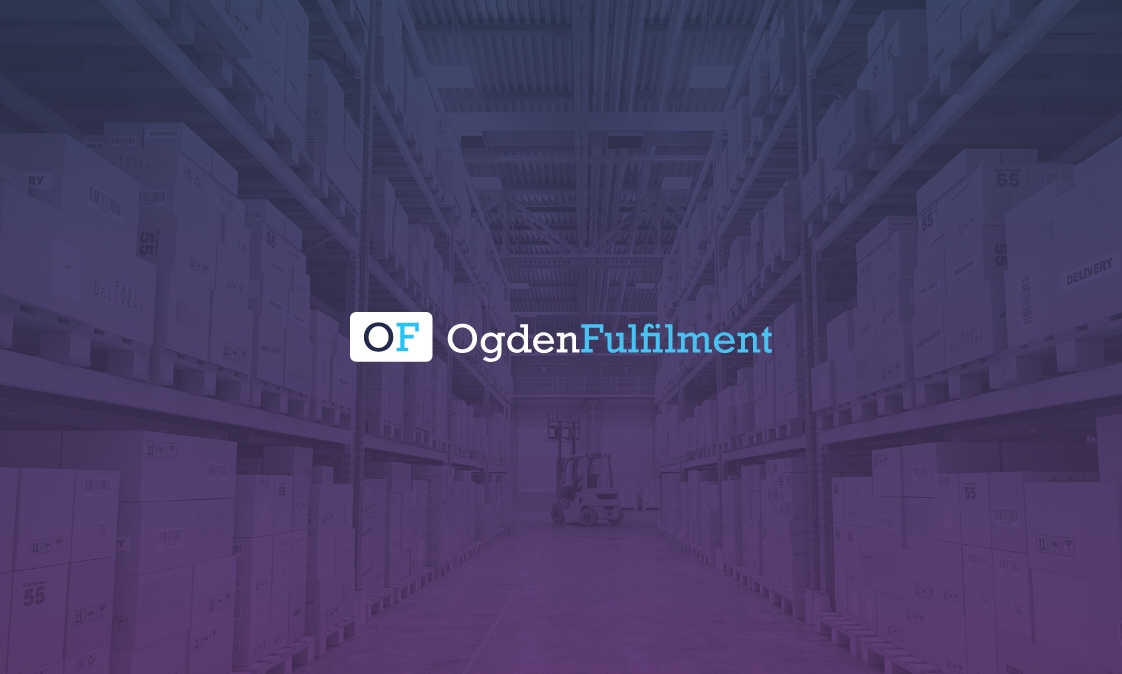Sustainable Fulfilment: Green Practices Every Business Should Adopt

02/07/2024 | Share:
In today’s context, sustainability has evolved from being a mere trend to a fundamental requirement. As businesses work to lessen their impact on the environment, sustainable fulfilment becomes a key focus area. By implementing green practices, from reducing carbon emissions to opting for eco-friendly packaging, businesses can move towards a more sustainable future. This article outlines essential sustainable fulfilment practices that every company should integrate to foster positive environmental change.
1. Understanding Sustainable Fulfilment
What is Sustainable Fulfilment?
Sustainable fulfilment involves adopting practices that are both environmentally friendly and socially responsible throughout the order fulfilment process. This approach spans from the sourcing of materials and packaging to the methods of shipping and delivery, all with the goal of minimising the carbon footprint and overall environmental impact of business activities.
The Importance of a Sustainable Supply Chain
A sustainable supply chain means embedding sustainable practices at every stage, from production to delivery. Emphasising sustainability can help businesses cut down on carbon emissions, reduce waste, and contribute to a more eco-friendly future.
2. Reducing Carbon Footprint

Carbon Emissions and Their Impact
The waste and carbon emissions associated with fulfilment centres and logistics contribute significantly to climate change. Companies need to actively seek ways to cut down these emissions to reduce their adverse environmental effects.
Offsetting Carbon Emissions
A practical method for addressing carbon emissions is through offsets. This could involve investing in renewable energy like solar panels for fulfilment centres or collaborating with sustainable couriers who utilise electric vehicles. Such measures help decrease dependence on fossil fuels and support a transition to sustainable practices.
Planting Trees for Carbon Neutrality
Another effective strategy for achieving carbon neutrality is participating in tree planting programs. Trees absorb CO2, which helps counterbalance the emissions produced by business operations. Partnering with organisations focused on reforestation can aid businesses in contributing to a healthier planet.
3. Implementing Sustainable Packaging
 Eco-Friendly Packaging Options
Eco-Friendly Packaging Options
Sustainable packaging is an integral part of green fulfilment. Utilising eco-friendly packaging materials, such as recycled cardboard and paper tape, significantly reduces the environmental footprint compared to conventional options like plastic packaging.
Reducing Plastic Waste
Plastic waste poses a serious environmental challenge. Transitioning to biodegradable or recyclable materials can considerably cut down on plastic waste. Additionally, exploring reusable packaging options can further minimise waste generation.
Recycled Materials
Incorporating recycled materials into packaging not only helps cut waste but also reduces energy consumption in production processes. This approach fosters a circular economy, where materials are continually reused and recycled, thus diminishing the need for new resources.
4. Green Warehouse Management
Energy-Efficient Fulfilment Centres
Energy usage in fulfilment centres can be substantial. Adopting energy-efficient methods, such as installing LED lighting and utilising energy management systems, can decrease electricity consumption and carbon emissions.
Renewable Energy Integration
The use of renewable energy sources, like solar panels, can enhance the sustainability of fulfilment centres. Solar panels can provide power for operations, reducing reliance on fossil fuels and potentially lowering operational costs over time.
 Minimising Waste in the Fulfilment Process
Minimising Waste in the Fulfilment Process
Minimising waste is crucial. This includes optimising inventory to prevent overstocking, employing efficient packing methods, and recycling waste materials.
5. Sustainable Shipping and Logistics
Eco-Friendly Order Fulfilment
Eco-friendly order fulfilment involves choosing sustainable couriers and green transportation methods. Using electric vehicles and bicycles for last-mile delivery can greatly diminish the carbon footprint of shipping operations.
Partnering with Sustainable Couriers
Collaborating with couriers committed to sustainability offers a competitive edge. Sustainable couriers employ electric or hybrid vehicles and adhere to eco-friendly practices, ensuring that deliveries are carried out with minimal environmental impact.
Efficient Route Planning
Efficient route planning helps cut fuel consumption and carbon emissions. Leveraging logistics software to optimise delivery routes can lead to significant savings in energy and reduce environmental impact.
6. Engaging Consumers in Sustainability
Communicating Sustainability Goals
Clear communication about sustainability goals can build consumer trust. Highlighting efforts to reduce carbon emissions, use sustainable packaging, and support environmental initiatives can strengthen brand loyalty.
Encouraging Eco-Friendly Choices
Businesses can promote eco-friendly choices by offering incentives for customers who select sustainable shipping options or reusable packaging. Providing information on the benefits of these choices can drive positive consumer behaviour.
Building a Sustainable Brand
Eco-friendly brands that prioritise sustainability can attract consumers who are environmentally conscious. Highlighting green practices in marketing materials and product descriptions can help businesses stand out in the ecommerce industry.
7. Benefits of Sustainable Fulfilment
Positive Environmental Impact
Adopting sustainable fulfilment practices reduces the environmental impact of business operations. Lower carbon emissions, decreased waste, and energy-efficient practices all contribute to a healthier planet.
 Cost Savings
Cost Savings
Sustainable practices often result in cost savings. For example, energy-efficient technologies and renewable energy sources can reduce utility expenses, while optimised packaging can cut down on shipping costs.
Enhancing Corporate Social Responsibility
Sustainable fulfilment boosts a business’s corporate social responsibility (CSR). Demonstrating a commitment to sustainability can enhance public perception, increase customer loyalty, and attract new clientele.
Gaining a Competitive Advantage
Leading in sustainability can provide a competitive advantage. Consumers are increasingly selecting eco-friendly brands, and companies that embrace sustainable practices can distinguish themselves in the marketplace.
Conclusion
Sustainable fulfilment goes beyond reducing environmental impact; it’s about paving the way for a greener future. By adopting eco-friendly practices such as using sustainable packaging, reducing carbon emissions, and integrating renewable energy, businesses can make a significant contribution to a more sustainable world. Every step towards sustainability matters, and it’s crucial for all businesses to commit to positive changes. As more companies embrace green practices, the collective impact will drive substantial progress towards a sustainable future. Start today, embrace sustainable practices, and lead your business towards a greener, more sustainable future.







